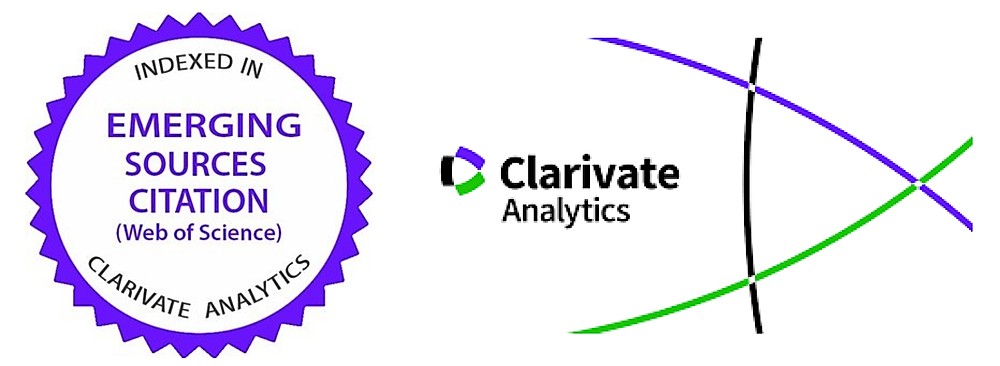A Critical Review of the Dynamics of Government Debt Servicing in Zimbabwe
Abstract
This paper provides a conceptual analysis of government debt servicing in Zimbabwe from 1980 to 2015. The mounting debt burden arising largely from nonconcessionary foreign loans since the 1980s, and the economic hardships that characterise the country beginning the late 1990s, caused dreadful public debt servicing challenges. Thus, the paper discusses the public debt service reforms and policies; trends; and problems in Zimbabwe over the review period. In the paper, it was identified that between 1983 and 1997, the government’s debt servicing costs were growing exponentially, resulting in liquidity challenges. However, between 1998 and 2015, the country had plunged into public debt service overhang, with public debt servicing liabilities exceeding the country’s foreign exchange earnings. Notwithstanding the various public debt servicing reforms to boost domestic revenues, Zimbabwe, as many other developing countries, still faces a number of debt servicing problems. Among others, these include: high government debt, low industrial and export competitiveness, narrow revenue base and subdued investor confidence. The paper recommends the government of Zimbabwe to undertake the following measures, among others, aimed at either boosting or expanding the revenue base: (i) improving tax enforcements; (ii) mobilising the informal sector; and (iii) expanding the productive capacity of public entities.



























